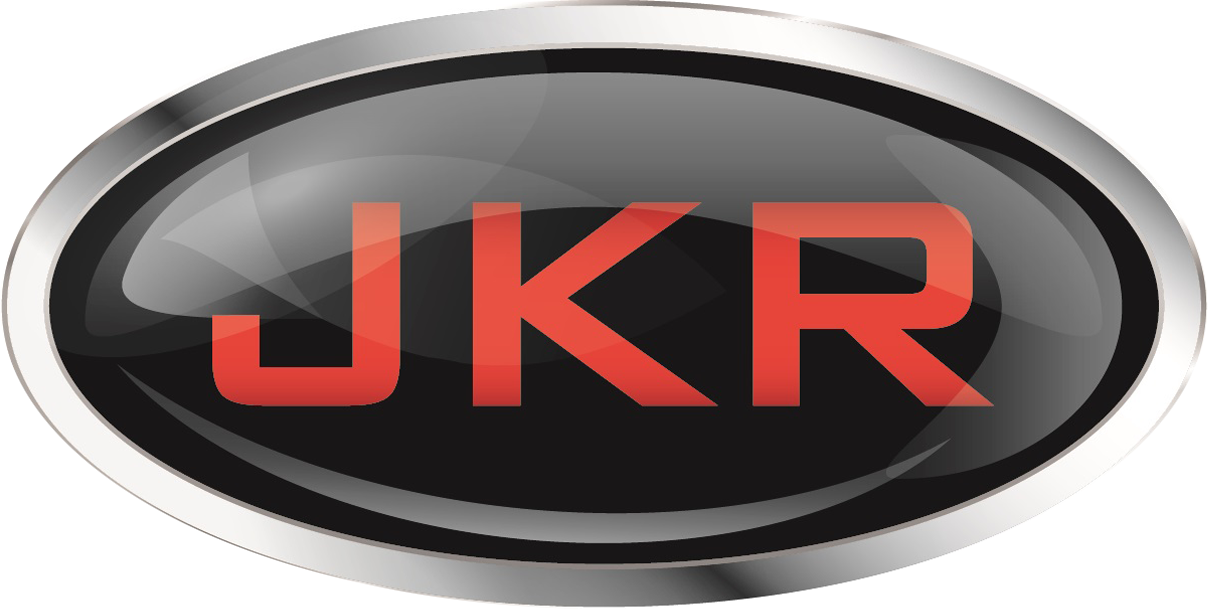Take Advantage of Tax Season
Tax season presents a unique opportunity for dealerships to boost sales and attract new customers. With many individuals receiving tax refunds, it’s a prime time for car buyers to invest in a new or used vehicle. Consider this: Research indicates that 10% of people expecting income tax refunds allocate them for vehicle-related purchases!
Automobile dealers who strategically market their stores during this period can significantly benefit from increased foot traffic and higher sales volumes.
1. Increased Consumer Budget
For many prospective buyers, a tax refund represents a financial windfall. In many cases, the average tax refund is often substantial enough to cover a down payment on a vehicle. This provides car dealers with an opportunity to tap into a motivated customer base looking to make large purchases. By offering attractive financing options and promotions, dealerships can convert these potential buyers into satisfied customers.
2. Leverage Marketing Opportunities
To get more than your fair share of these shoppers, you must advertise enough to make a positive impression. By doing this, you make sure your dealership is top-of-mind with everyone in your community who may be in the market for a car. When you are No. 1 in the hearts and minds of those in your market, you will reap the rewards.
3. Clear Incentives for Trade-Ins
Another powerful incentive during tax season is offering increased trade-in values. Many customers are eager to trade in their old vehicles for a newer model, and tax refunds can make this transition more feasible. By highlighting competitive trade-in offers and demonstrating how they can lower monthly payments, dealerships can build rapport with customers and close deals faster. Some dealers offer a “we’ll double your tax return for your down payment” special; others will even go as far as preparing customers’ tax returns at the dealership for extra motivation.
The Takeaway
Tax season offers car dealerships a chance to tap into a motivated market. By offering promotions and targeting the right audience with the proper reach and frequency in their advertising efforts, dealerships can make the most of this lucrative time of year.
JKR Automotive Advertising: We Move Cars.





